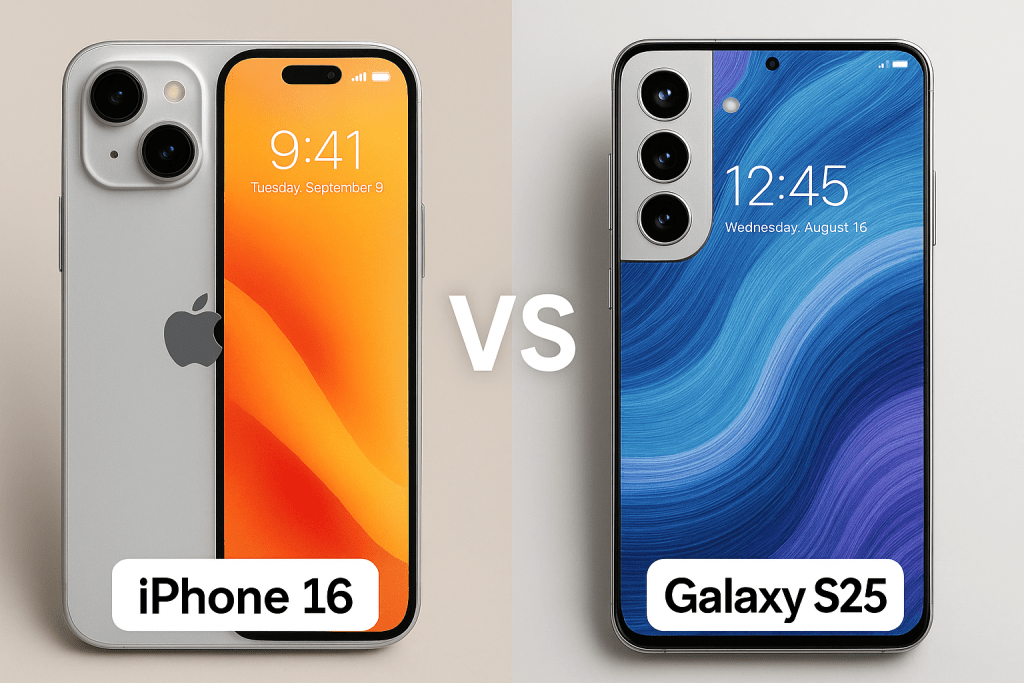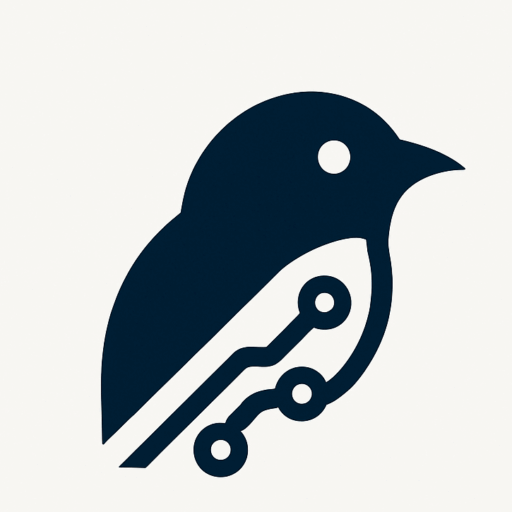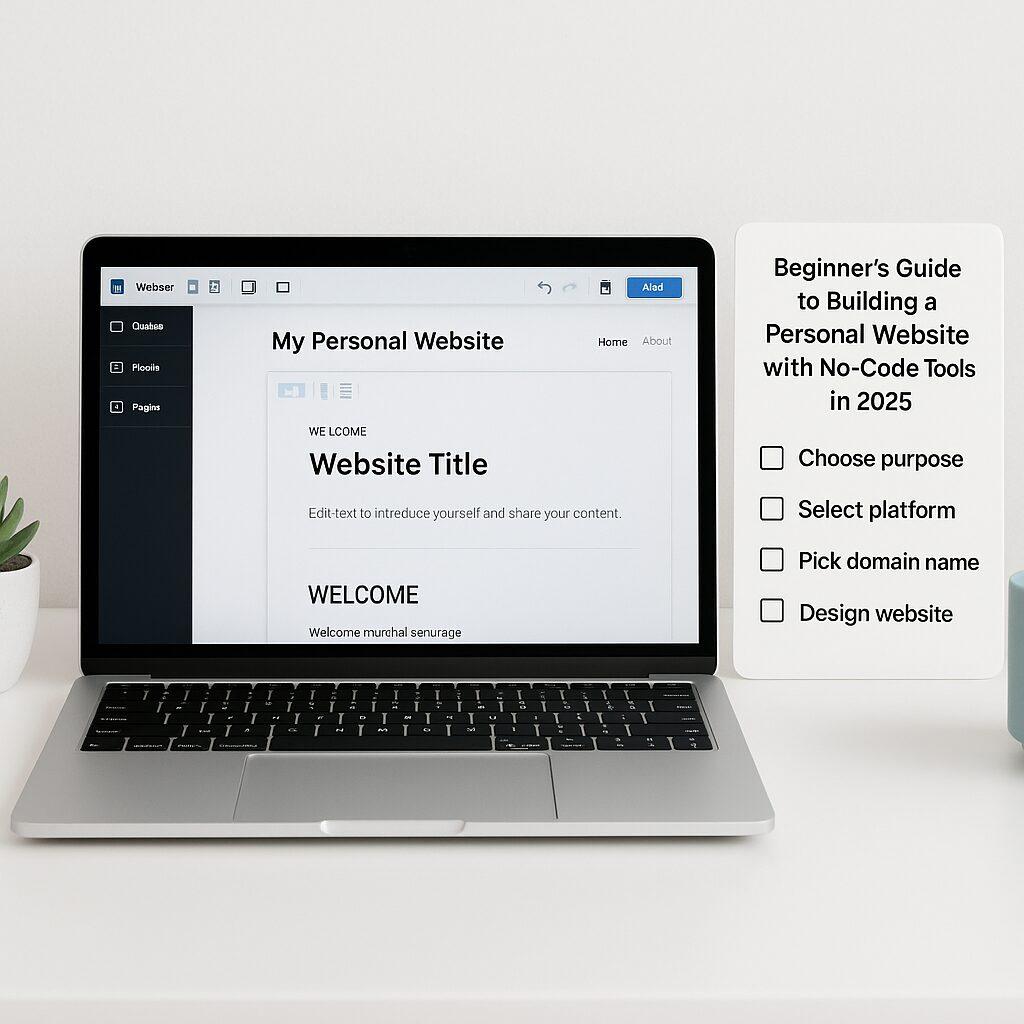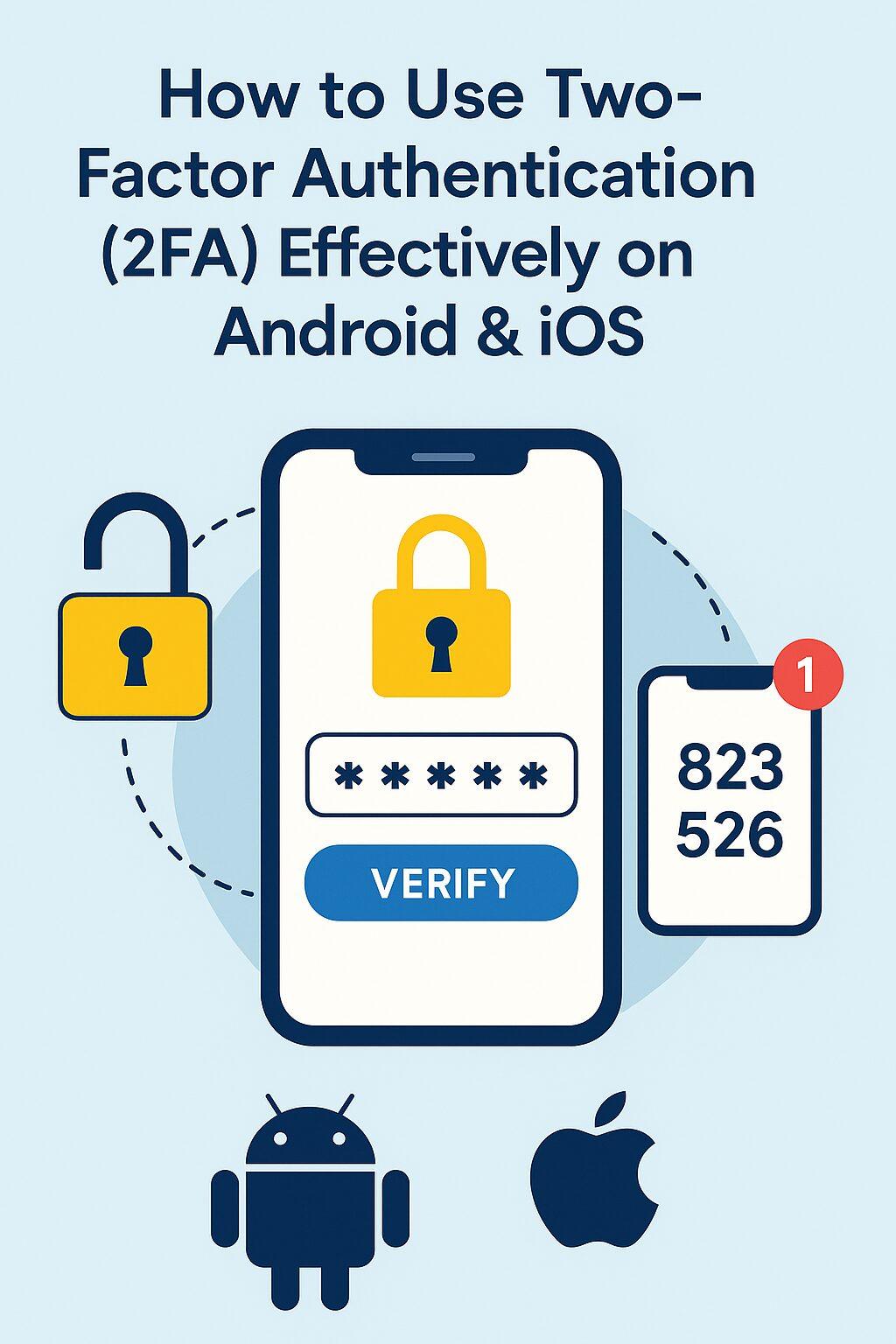Introduction
The iOS vs Android debate has been going strong for well over ten years, and in 2025, it’s taken on a whole new level of excitement. With innovations like foldable smartphones, stronger AI integration, and smarter ecosystems, the competition feels closer than ever. If you’re wondering which phone to pick this year, this guide breaks down the differences in a simple and practical way.

User Experience
Apple keeps things simple with iOS — a clean, consistent design that works the same across all devices. Android, meanwhile, is all about freedom. With themes, widgets, and plenty of customization options, it’s perfect for users who like to tweak their phones to fit their personality.
Performance & Hardware
The iPhone 16 lineup is powered by Apple’s new A18 Bionic chip, offering smooth performance and great battery efficiency. On the Android side, devices using the Snapdragon 8 Gen 3 are just as powerful, though real-world speed and battery life can vary depending on the brand and model.
Apps & Ecosystem
Apple’s App Store is tightly managed for quality and security, while Google Play offers more variety and flexibility. iOS users get the best experience when pairing with other Apple products like the MacBook, Apple Watch, and AirPods. Android users, however, enjoy strong ecosystems from brands like Samsung and Google, often with more device options to choose from.
Privacy & Security
Apple has built its reputation on privacy, with features like App Tracking Transparency that give users more control. Android has made big improvements in recent years, but its open system still allows more data sharing compared to iOS.
Customization & Flexibility
Android clearly leads in customization. From widgets and themes to custom ROMs, users can shape their phones however they want. iOS is still more restrictive, though Apple has started adding small touches of flexibility in recent updates.
Pricing & Value
Apple continues to position iPhones as premium devices, with prices starting at $999. Android phones, on the other hand, cover every segment — from affordable $200 models to high-end foldables that cross the $2000 mark. This makes Android a better fit for buyers on different budgets.
Which One Is Right for You?
If you want a polished ecosystem that works seamlessly across devices, iOS is the way to go. But if you prefer flexibility, a wider range of designs, and options that fit every budget, Android will likely serve you better. Students or price-conscious buyers may find Android phones more appealing, while professionals who prioritize reliability often stick with iOS.
Conclusion
In 2025, there’s no single winner between iOS and Android — both are excellent choices. The best phone for you depends on what matters most: budget, design, privacy, or ecosystem. The good news is, whichever one you choose, you’ll be getting one of the best smartphone experiences ever.
📖 You may also like our About Trendsparrow page to learn more about our mission.


